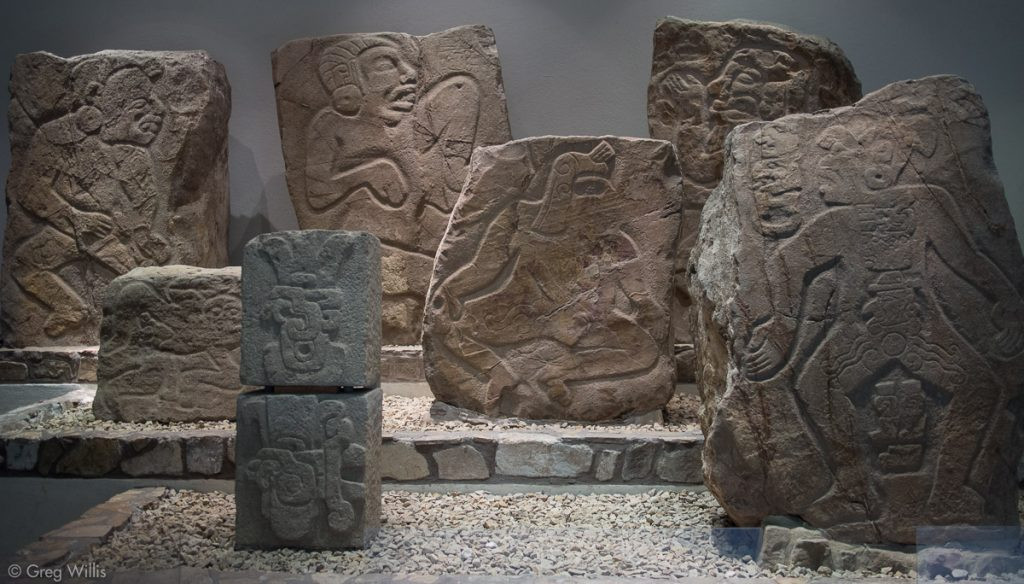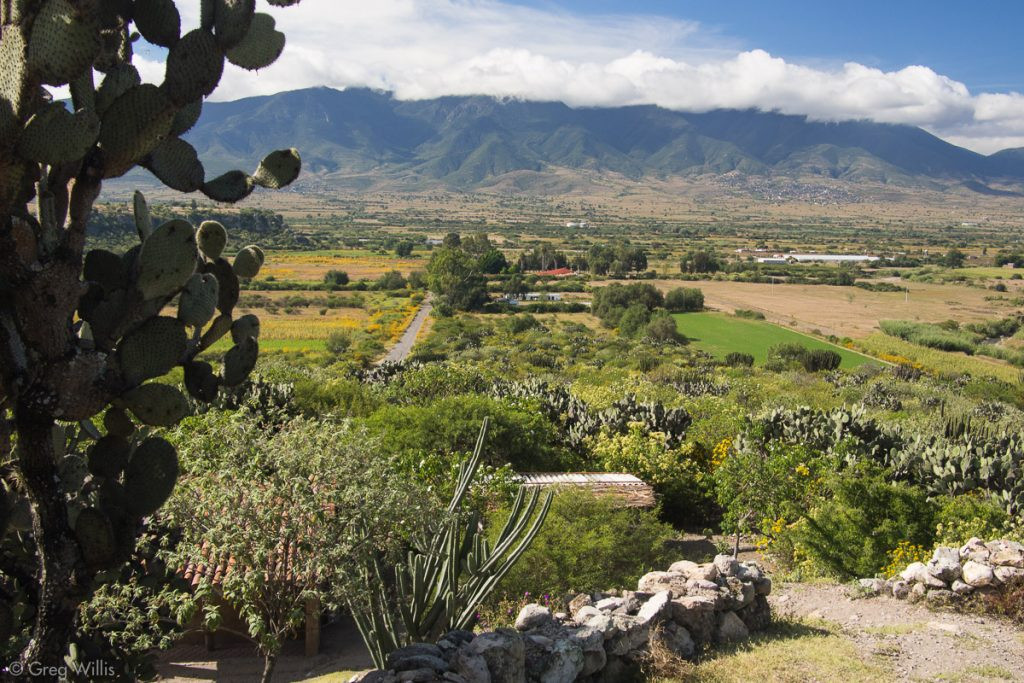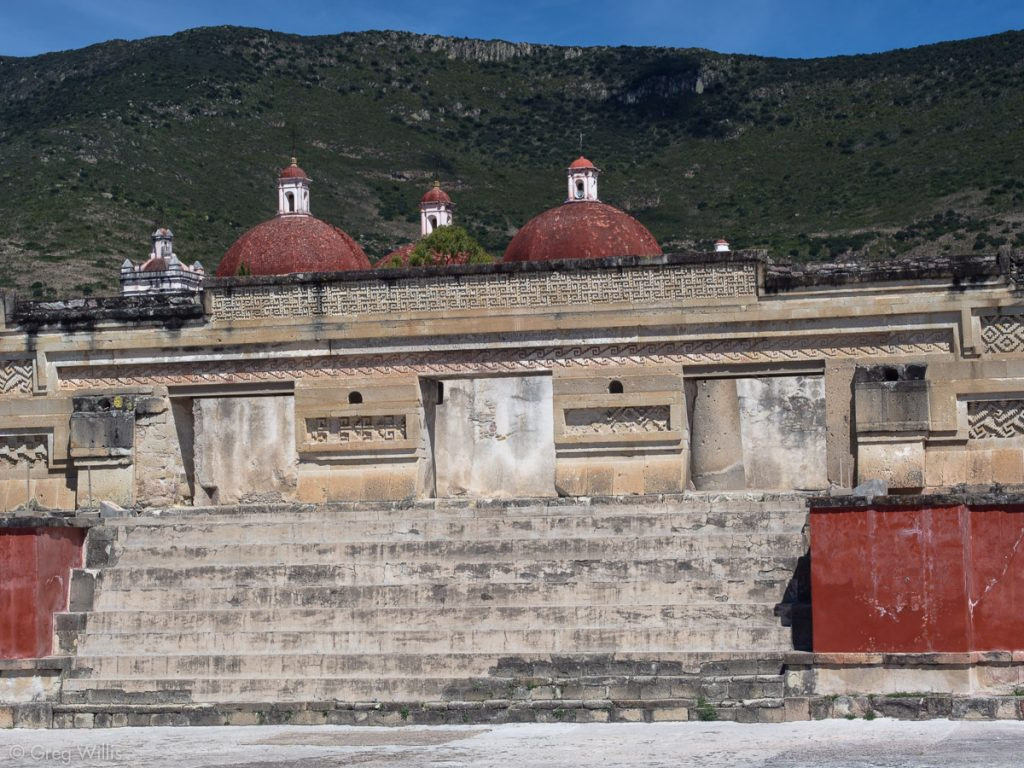Oaxaca, Mexico, a region rich in history and culture, captivated us during our visit in 2014. Accompanied by our friends Amity & Antonio, we explored this fascinating area, and one site stood out as particularly impressive: Monte Alban. While perhaps not as widely recognized as Mayan or Aztec sites, Monte Alban offers a compelling glimpse into the sophisticated Zapotec civilization that thrived in the Oaxaca Valley for over a thousand years. From approximately 500 BCE to 750 CE, Monte Alban served as the heart of this culture, predating and coexisting with other Mesoamerican powers, leaving behind a legacy of impressive architecture and intriguing mysteries.
Monte Alban: A Hilltop Metropolis
Perched dramatically atop a hill in the center of the Oaxaca Valley, Monte Alban commands attention. The site’s layout is centered around a vast Gran Plaza, an expansive open space framed by monumental buildings and platforms. Dominating the north and south ends of the plaza are substantial platform structures, each accessed by grand staircases and crowned with their own edifices. This strategic location offered not only defensive advantages but also breathtaking panoramic views of the surrounding valley, reinforcing Monte Alban’s political and symbolic power.
 Panoramic view of Monte Alban's Gran Plaza looking south towards the South Platform
Panoramic view of Monte Alban's Gran Plaza looking south towards the South Platform
Monte Alban’s history spans over a millennium, with its peak period occurring between 300-700 CE. However, evidence of initial settlement dates back to around 500 BCE, and the city was eventually abandoned around 750 CE. This extended occupation reflects the gradual development and evolution of the site. The Zapotecs didn’t construct Monte Alban in a single phase; instead, it grew and transformed over centuries, layer upon layer, reflecting their evolving society and architectural prowess.
Among the numerous structures and features of Monte Alban, the carved stones known as Danzantes are particularly noteworthy. Initially interpreted as “dancers,” closer examination reveals these figures, depicted in contorted poses, may represent war captives or sacrificial victims, with some exhibiting signs of genital mutilation. This interpretation offers a darker, more complex understanding of Zapotec society and ritual practices at Monte Alban.
To delve deeper into the Danzantes and other artifacts unearthed at the site, the Museo de Sitio (site museum) at Monte Alban is highly recommended. It houses a collection of Danzante stones alongside other Zapotec sculptures and ceramics, providing valuable context and insights into the site’s history and the Zapotec culture.
 Display of Danzantes stones in the Museo de Sitio at Monte Alban
Display of Danzantes stones in the Museo de Sitio at Monte Alban
Reasons to Visit Monte Alban:
- Extensive Monumental Architecture: Explore the impressive Gran Plaza, platforms, pyramids, and buildings that showcase Zapotec engineering and artistic skills.
- Historically Important City: Discover the capital of the Zapotec civilization and its significant role in Mesoamerican history.
- Hill-Top Views of Oaxaca Valley: Enjoy breathtaking panoramic vistas from the site, offering a unique perspective of the surrounding landscape.
- Impressive Museum: Visit the Museo de Sitio to see Danzantes and other Zapotec artifacts, enriching your understanding of the site.
Beyond Monte Alban: Exploring the Oaxaca Valley
Following the decline of Monte Alban around 750 CE, the Zapotec people didn’t vanish. They migrated eastward into the Tlacolula Valley, establishing smaller settlements throughout the region. Among these sites are Yagul and Mitla, each offering a distinct perspective on Zapotec and later Mixtec culture in the post-Monte Alban era.
Yagul: A Quaint Valley Ruin
Yagul, situated in the Tlacolula Valley, presents a contrasting experience to the grandeur of Monte Alban. This smaller, more intimate site is nestled within the valley, offering a peaceful and less crowded exploration. While not as monumental as Monte Alban, Yagul boasts its own charm, with structures like a well-preserved ballcourt and palace complex.
 Southward view across the Tlacolula Valley from Yagul ruins
Southward view across the Tlacolula Valley from Yagul ruins
Reasons to Visit Yagul:
- Views of Tlacolula Valley: Enjoy scenic views of the valley from the site.
- Ballcourt: Explore the Mesoamerican ballcourt, a significant feature in ancient cities.
- Less Crowded Experience: Often offers a more solitary and tranquil exploration compared to larger sites.
Mitla: City of the Dead
Mitla presents another fascinating contrast to Monte Alban. While contemporary with Monte Alban in its origins, Mitla remained occupied even after the arrival of the Spanish in the 16th century. Located on the valley floor, unlike hilltop Monte Alban, Mitla served primarily as a religious center, distinguishing it from Monte Alban’s political focus. Known for its intricate geometric stone fretwork and elaborate tombs, Mitla reveals a different facet of Zapotec and Mixtec culture, particularly their funerary practices and beliefs about the underworld.
 Entrance to the Temple of Columns at Mitla, showcasing intricate geometric fretwork
Entrance to the Temple of Columns at Mitla, showcasing intricate geometric fretwork
Reasons to Visit Mitla:
- Large Ruins with Unique Architecture: Explore the well-preserved structures and distinctive geometric friezes found nowhere else in the Americas.
- Historically Important City: Discover a city with a long history, continuously occupied through different cultural periods.
- Intriguing Tombs and Underworld Connection: Explore the tombs and learn about Mitla’s religious significance and beliefs related to death and the afterlife.
- Geometric Friezes: Marvel at the unique and elaborate stone mosaics that adorn the buildings.
While our trip didn’t allow us to explore every ruin in the Oaxaca Valley, Monte Alban, along with Yagul and Mitla, provided an unforgettable introduction to the rich history and cultural heritage of this region. Monte Alban, in particular, stands as a testament to the Zapotec civilization’s ingenuity and enduring legacy, making it an essential destination for anyone interested in Mexican history and archaeology. A visit to Monte Alban is easily accessible from Oaxaca City and is an experience that will undoubtedly leave a lasting impression.